How to Make Plaster Aroma Stones (That Double As Kids Sidewalk Chalk)

Looking for an easy way to naturally scent your home? Learn how to make these easy plaster aroma stones to use as an affordable essential oil diffuser. Then give the kids your extras to enjoy this summer as kids sidewalk chalk. This is such a fun family project that everyone can enjoy making together!
Also sure to check out my original post at Soap Deli News on how to make DIY plaster aroma stones here for more great kids craft ideas for unplugged kids crafts and activities that I made as a child. I also cover ideas for kid-safe essential oils and blends you can use with your aroma stones and provide additional details on this project.
An aroma stone is basically just unglazed pottery that's used with essential oils to act as an essential oil diffuser. You can make aroma stones using air dry clay. You can also make aroma stones using plaster as an inexpensive alternative.
By adding colored mica powder, you can also add fun colors to your aroma stones. Depending on how much color you use, the kids can also use these aroma stones as scented kids sidewalk chalk as well.
These are so easy to make, that older children can even make these themselves. Just be sure they wear a mask in order to avoid inhaling plaster dust!
To make plaster aroma stones, you will need plaster, water and mica powder. You'll also need essential oils to add fragrance to your stones. If you are using your aroma stones as an essential oil diffuser around kids, or as sidewalk chalk, be sure to only use kid-safe essential oils not to exceed the recommended usage rate.
In addition you will also need a silicone mold of your choice, mixing bowls and utensils, and a measuring cup.
Once you’ve gathered all the supplies and materials you need to make your plaster aroma stones, use a measuring cup to measure out the plaster and water into separate containers.
Add the mica powder to the dry plaster and mix well.
You want the color to be evenly incorporated throughout the plaster.
(If you're making sidewalk chalk, you should double the amount of colorant for bolder colors.)
Once you’ve mixed the plaster and mica powder for your DIY plaster aroma stones, stir in the water. Continue mixing until there are no clumps and the plaster is completely fluid.
(When making chalk specifically, I recommend mixing the essential oils in with the plaster and water rather then adding it to the chalk after they've been made to avoid a possible skin reaction from undiluted oils.)
Now pour the colored plaster into your silicone mold. I used these silicone flower molds. The smaller of these two molds will make three DIY plaster aroma stones or kids sidewalk chalk in a single color.
Now use your finger, a spatula or another utensil to pop any air bubbles that may be present.
Allow the DIY plaster aroma stones to set up completely. It will take them about 20 minutes or so to fully harden. Once hardened, you can unmold them.
To make additional DIY plaster aroma stones or kids sidewalk chalk in more colors, simply repeat the process using a different color than the first.
To use your DIY plaster aroma stones, add about 20 drops of your favorite essential oil blend to the tops of the stone.
While the start up cost for the materials for this project is somewhat high, your cost per aroma stone goes down significantly as you use up all the materials. Therefore the cost of this project is estimated for each stone without shipping costs.
Enjoyed the project?
Resources for this project:
See all materials
Comments
Join the conversation
-
 Everything Pretty
on May 28, 2020
Everything Pretty
on May 28, 2020
I love this! Definitely making this with my kids!
-



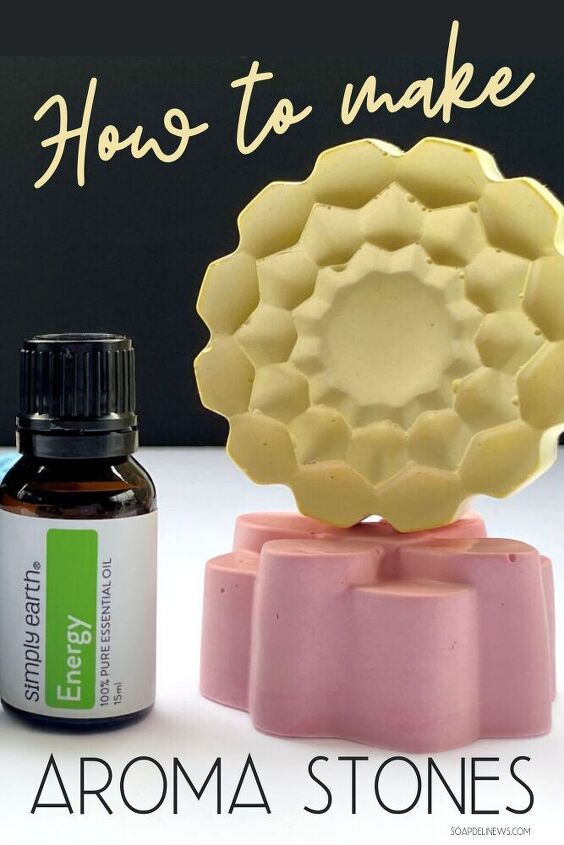










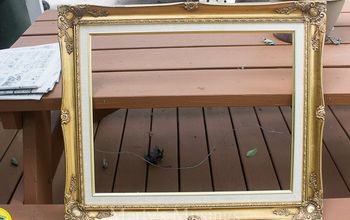
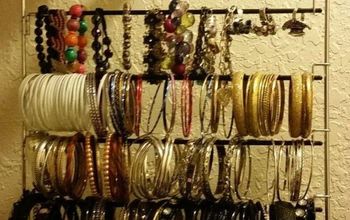




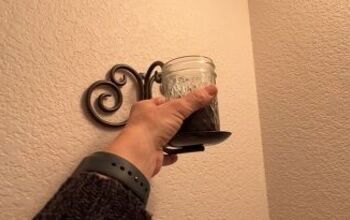
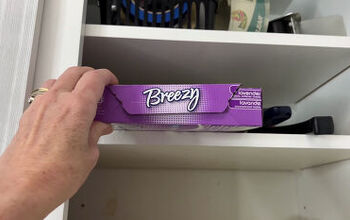
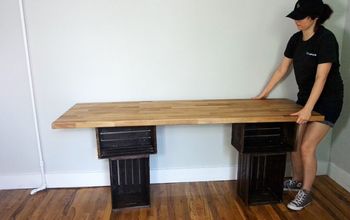
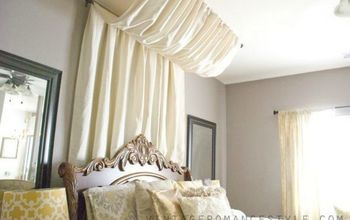
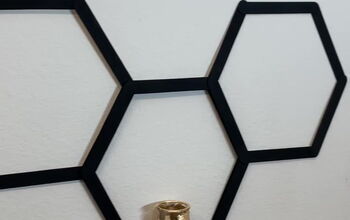
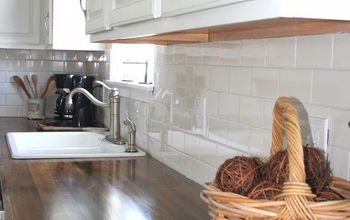
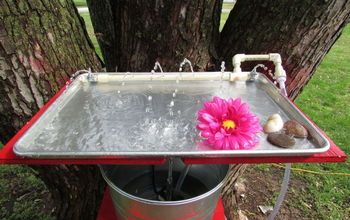
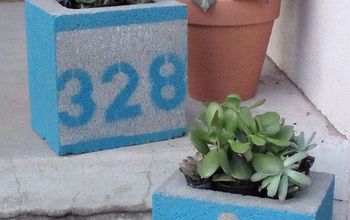



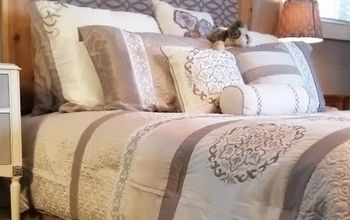
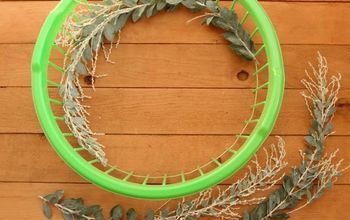


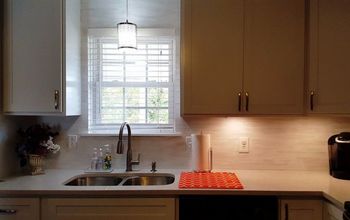

Frequently asked questions
Have a question about this project?